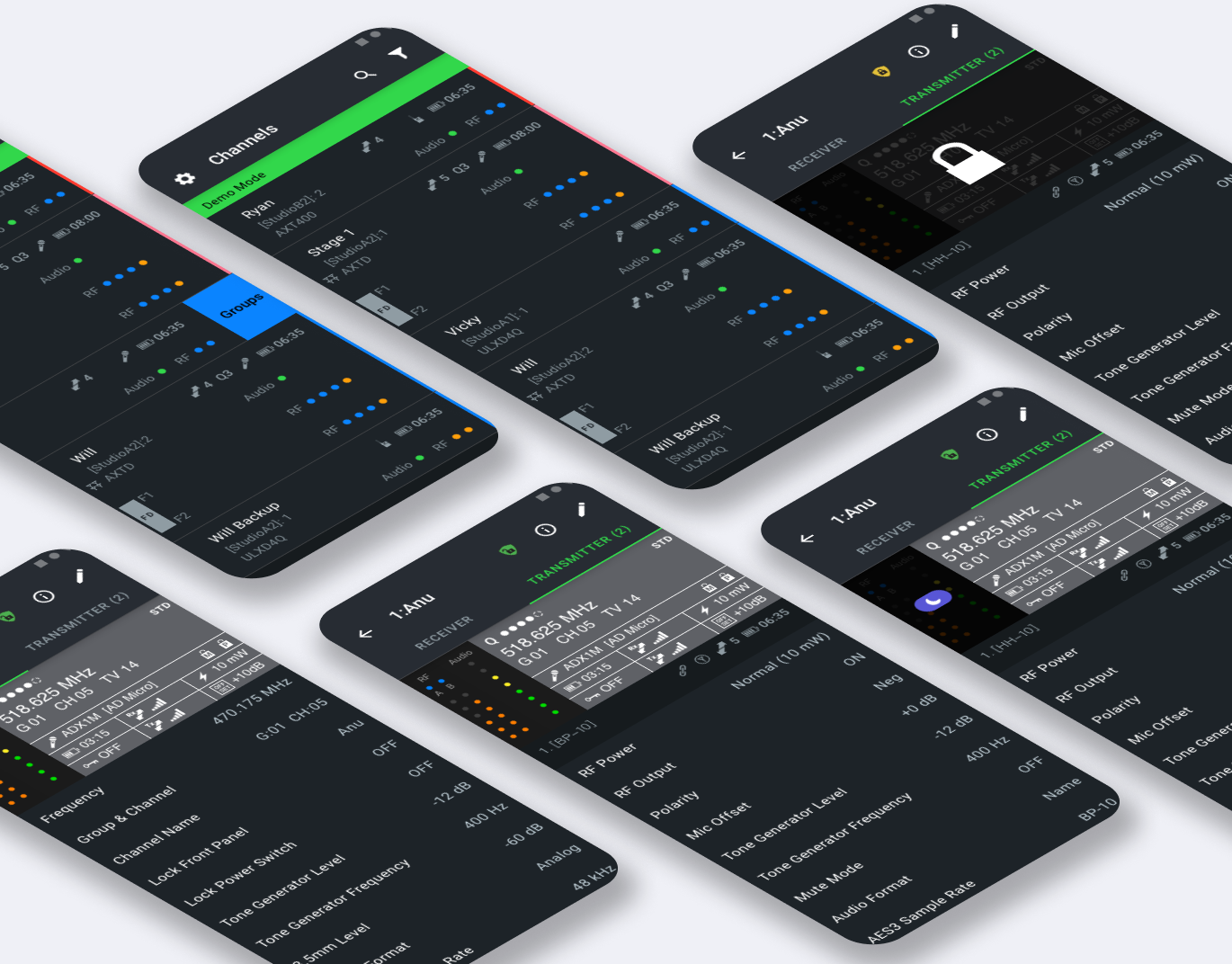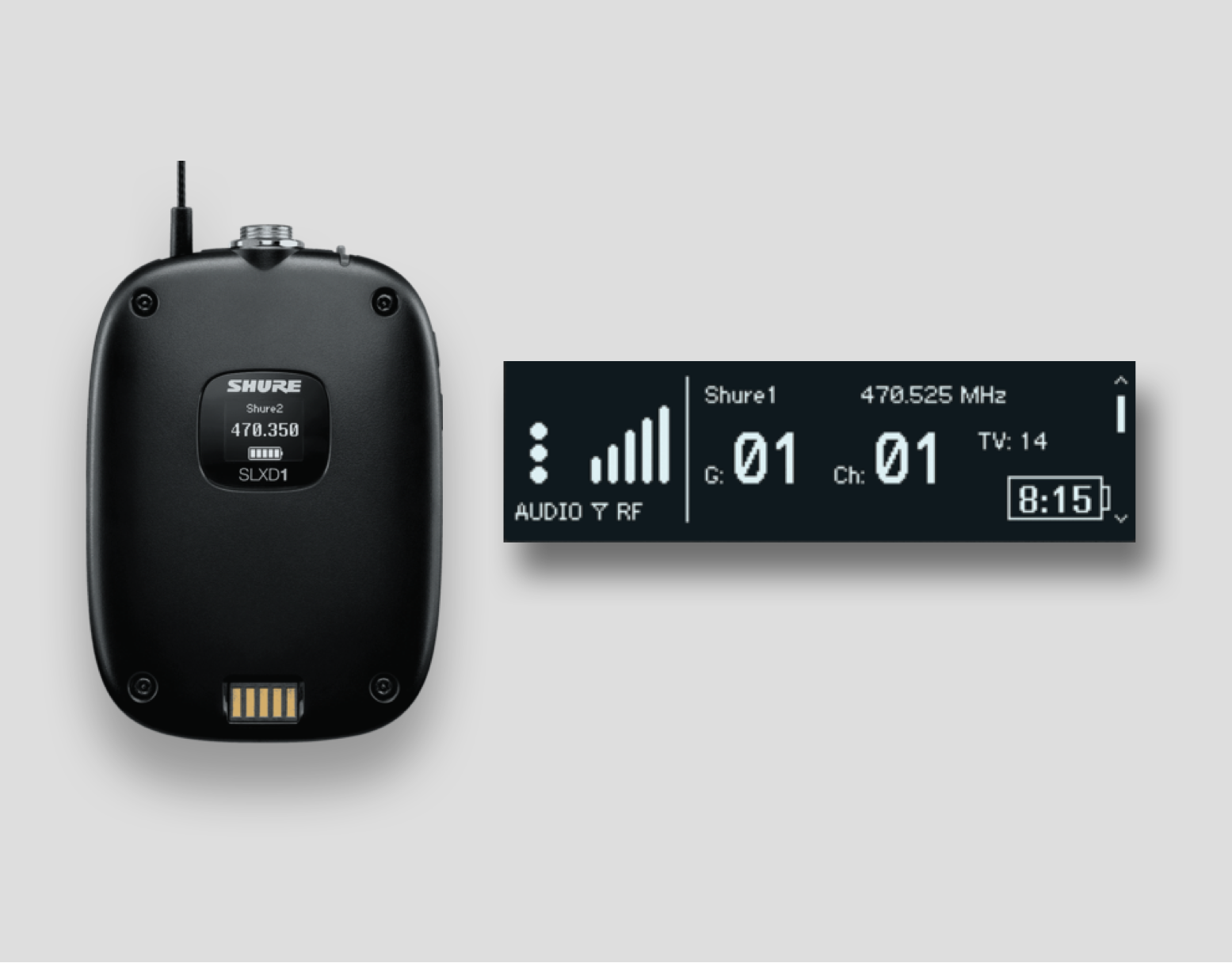Overview
Overview: Ice-Burg is a two-piece art installation as a finalist of the Design Impact Competition at School of Design of DePaul University in 2016. Ice-Burg uses visual and audio cues to react to proximity and touching, in order to create a place in public spaces. The team envisioned and built both the hardware and software components of the art installation and completed the project in 2016.
Teammates: Dorian Anderson, Tristan Bernardo, Stella Sarbalieva, Jeniffer Todd, Deepak Pradeep
Project Duration: 3 months
Role: Sound Engineer, Researcher, Experience Designer
Personal Contribution: Sound System Design, Hardware System Documentation, Exploratory Research, Usability Testing, Social Media Campaign (Twitter & Website)
Website: https://iceburgproject.wordpress.com
Design Impact Award Presentation
Process
Concept
The concept stemmed from two of the team members’ proposals for the Design Impact Grant competition: Through interactive technology utilizing both audio, visual and haptic feedback, the installation will encourage communications between strangers in public space, hence creating a collaborative place that breaks the “ice”.
(Illustration by Tristan Bernardo)
Discovery

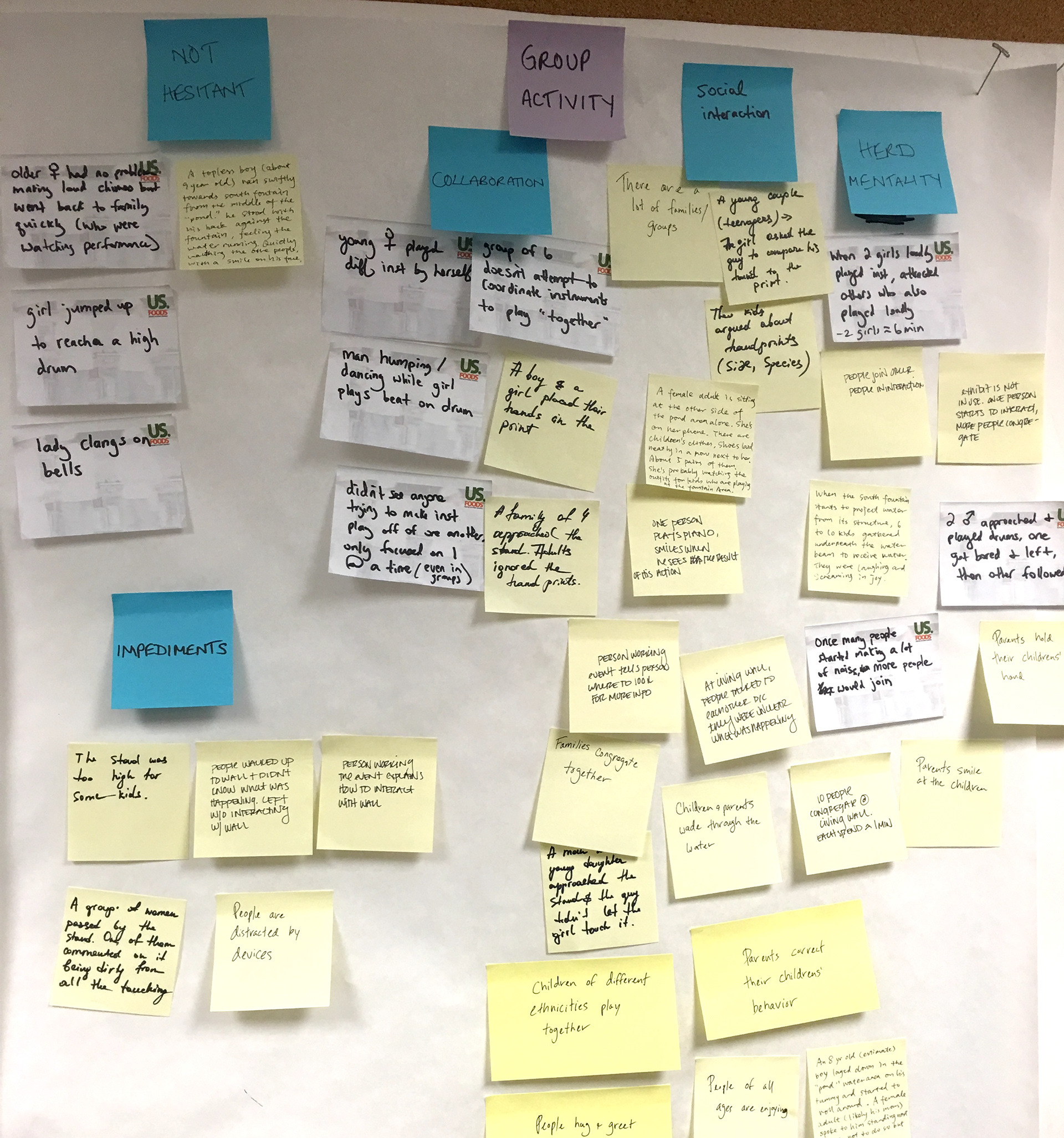
The group observed multiple public art installations, and took extensive observation notes on how people interact and engage.
Key themes:
short time
invite
take pictures
visible emotions
Rapid Prototyping, User Testing, Fabrication & Development
Because of the cost of hardware production, we could not afford to fabricate a failed product. Therefore the team planned for multiple prototypes before the final fabrication, and scheduled an early-stage evaluation with potential audiences on a life-size paper prototype.
We used “Wizard of Oz” method to mimic the actual sound and light feedback from the design model during our testing sessions. From these sessions we found out that our design assumptions all tested out well, which reassured us before we moved on to production.
Once we fabricated the two identical installations, we added the smart part by inserting the sound system and Raspberry Pi.
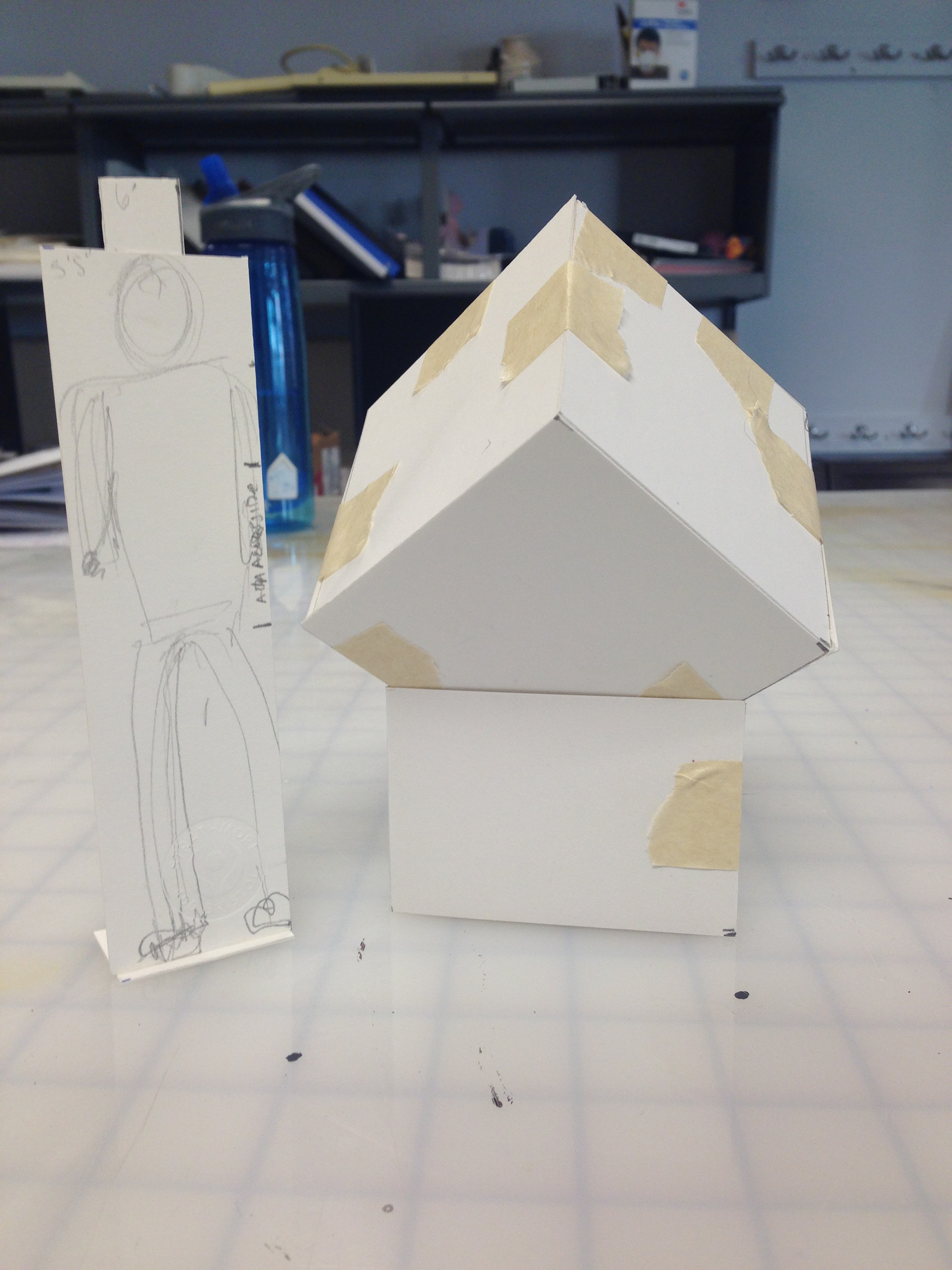
Paper prototype
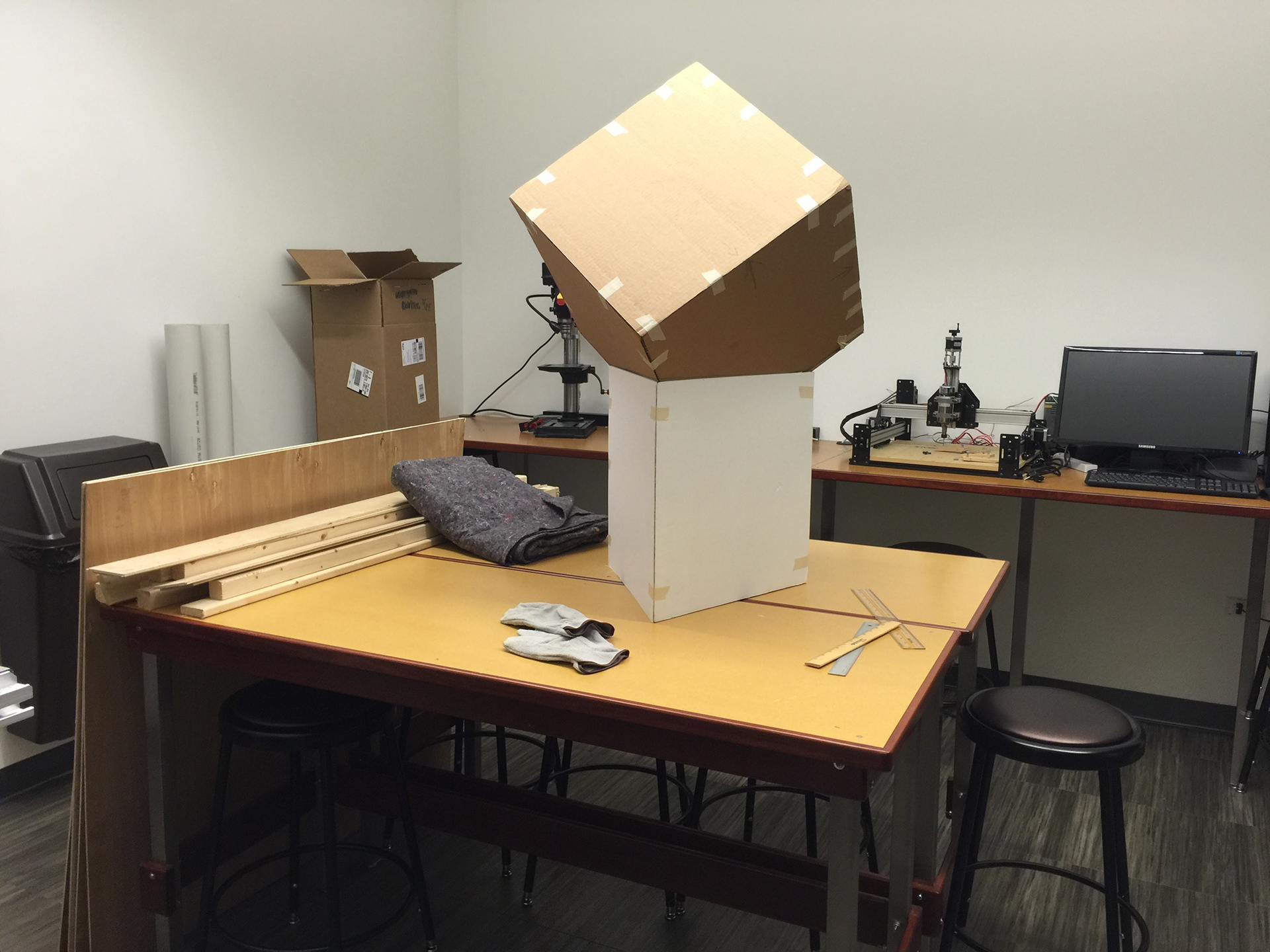
1/4 cardboard prototype
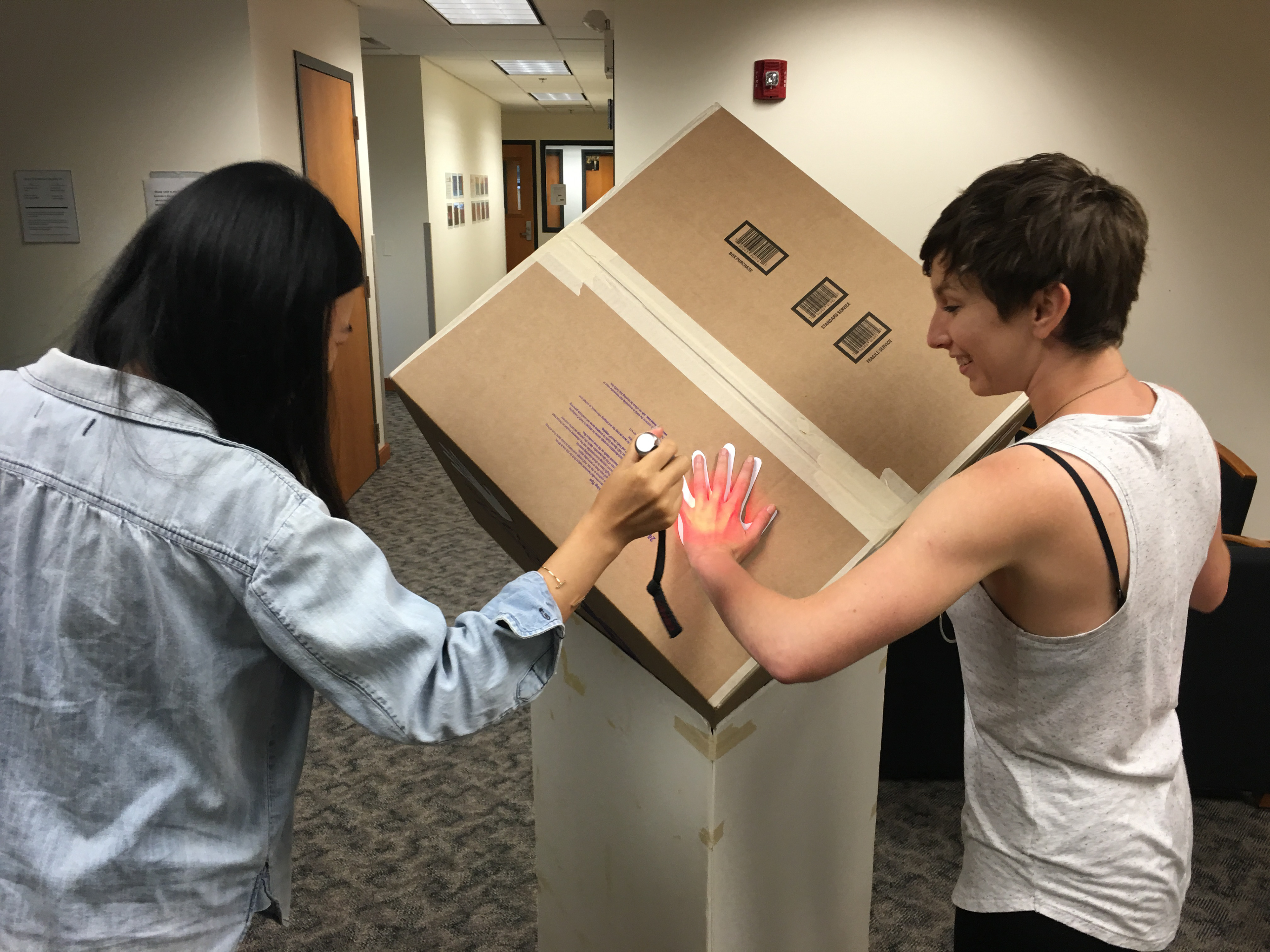
1:1 cardboard prototype testing
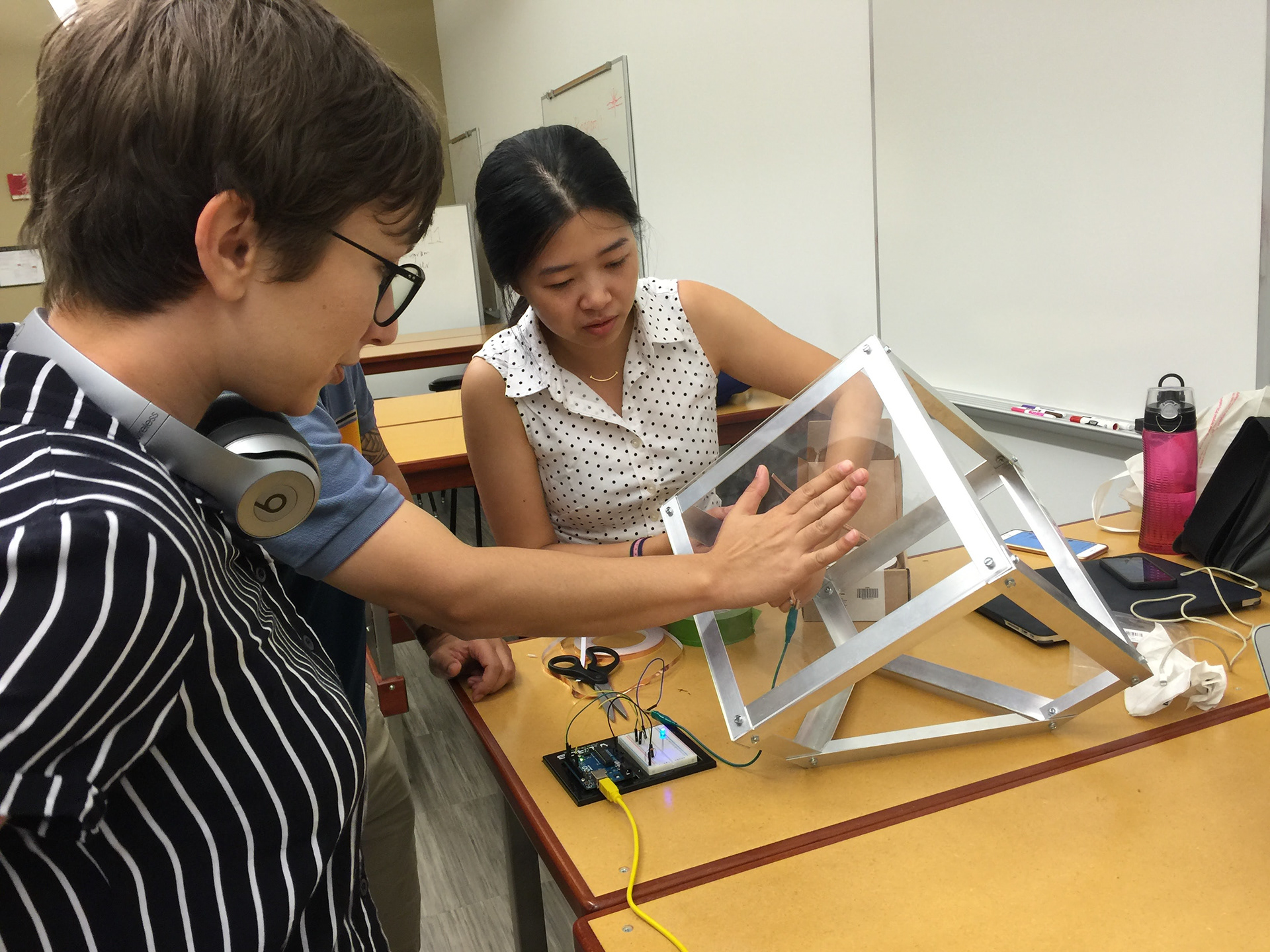
1/4 aluminium prototype
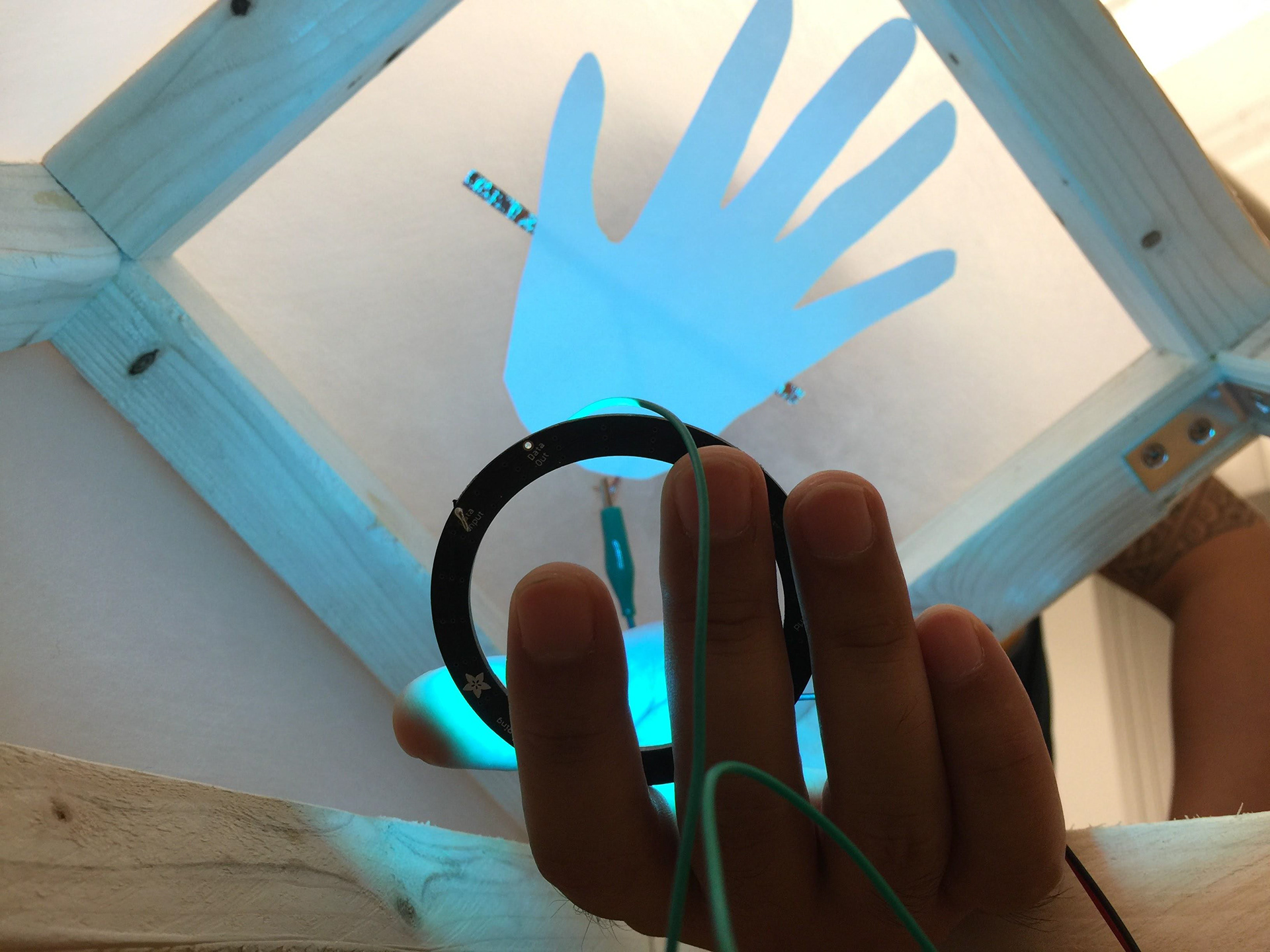
1/4 wood frame
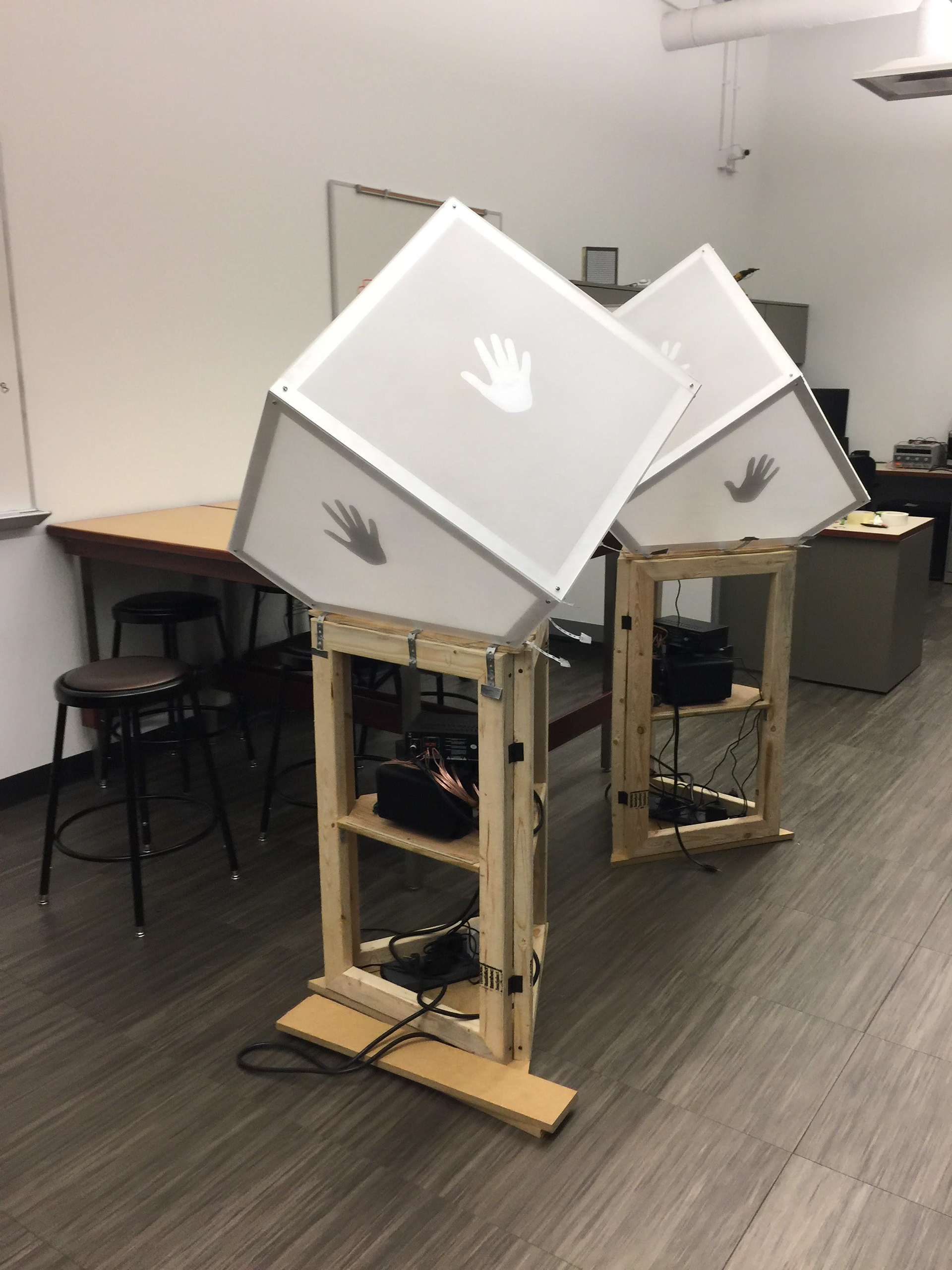
final structure
Sound Component
I designed and built the sound system of the Ice-Burgs, which consists of three mono speakers, one resistor and one amplifier. The components are installed into the bottom part of the Ice-burg to play music when the proximity sensor is triggered. Then the speakers will play pre-designed tunes stored in the rPis a.k.a. the brain of the installation.
Takeaways
As a team we learned so much from this fun and challenging project. First of all, having a dedicated project manager who kept us on an Agile schedule was very important and efficient, especially for a 12-week project.
Secondly, we all had fun participating in fabrication of a physical piece of object, which is not as easy as it seems. Some of us took wood cutting lessons. Last but not the least, we learnt that with the power of programming, we can control smart hardware pieces in almost anyways we can imagine.

